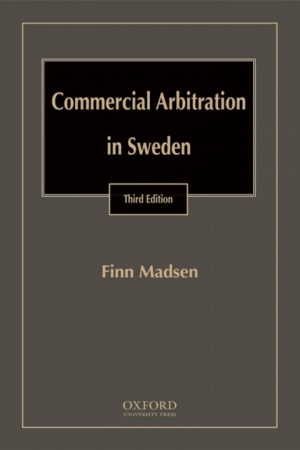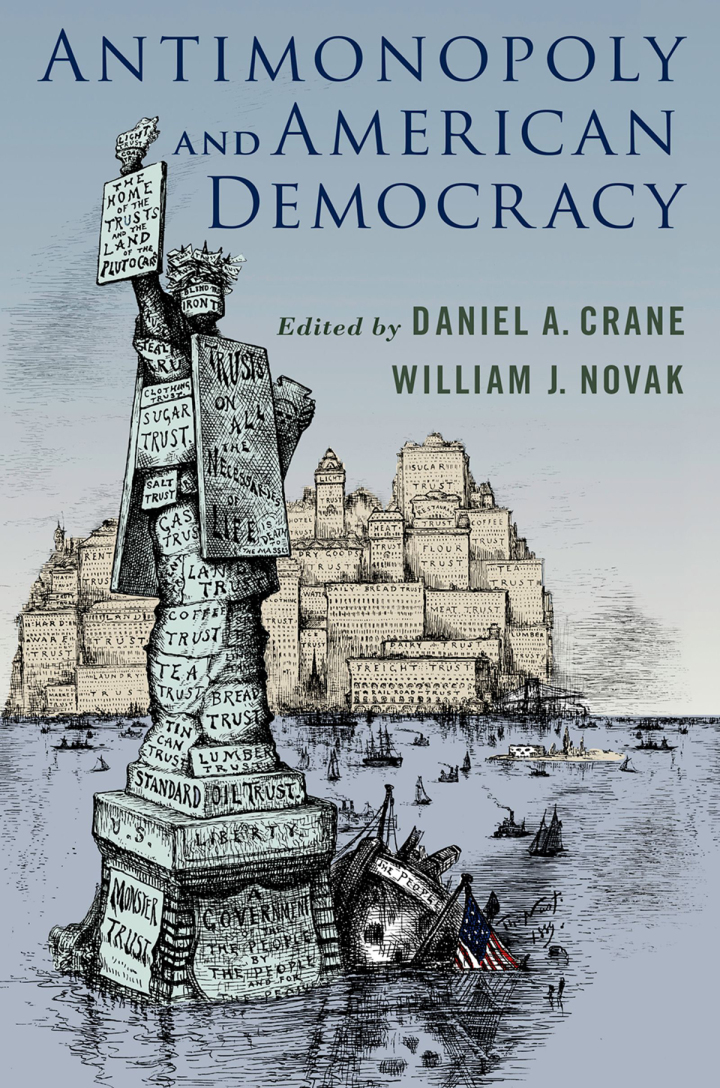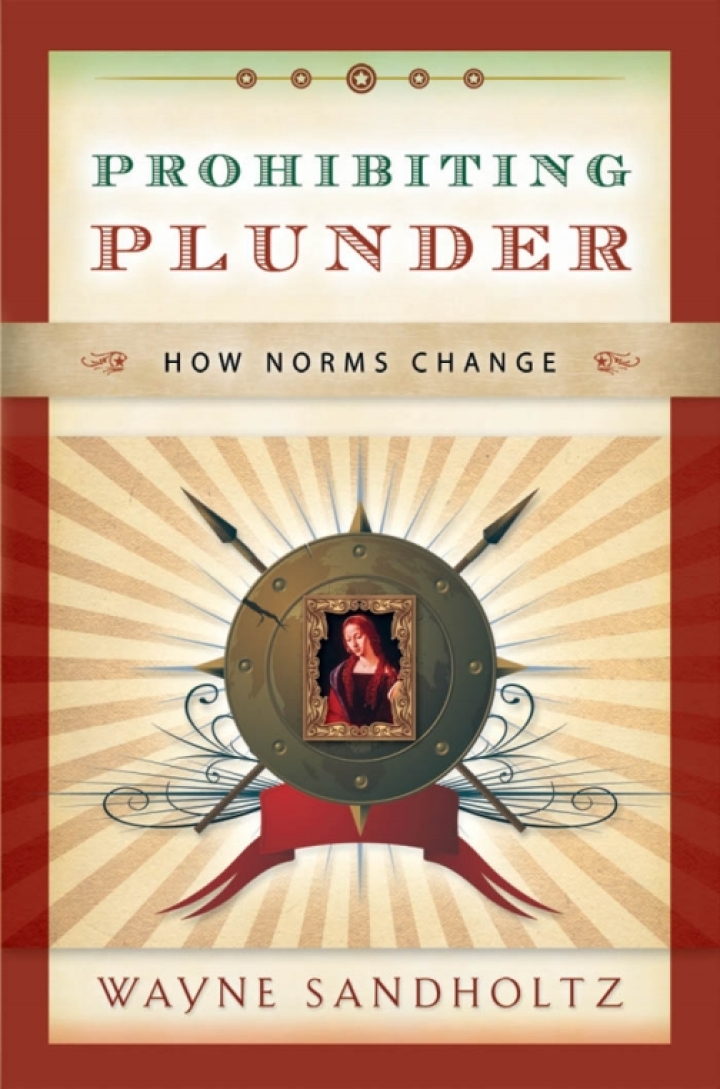“Antimonopoly and American Democracy
1st Edition” has been added to your cart. Continue shopping
Prohibiting Plunder How Norms Change
$42.25
Attention: This is just ebook, Access Codes or any other Supplements excluded! / File Delivery: Sent Via Email within 24 hours!
SKU: cd4d7a9ff97c
Category: Law Textbooks
Description
-
Author(s)Wayne Sandholtz
-
PublisherOxford University Press
-
FormatPDF
-
Print ISBN
9780195337235, 0195337239 -
eText ISBN
9780195337235, 0195337239 -
Edition
-
Copyright
- Details
For much of history, the rules of war decreed that “to the victor go the spoils.” The winners in warfare routinely seized for themselves the artistic and cultural treasures of the defeated; plunder constituted a marker of triumph. By the twentieth century, international norms declared the opposite, that cultural monuments should be shielded from destruction or seizure. Prohibiting Plunder traces and explains the emergence of international rules against wartime looting of cultural treasures, and explores how anti-plunder norms have developed over the past 200 years. The book covers highly topical events including the looting of thousands of antiquities from the Iraqi National Museum in Baghdad, and the return of “Holocaust Art” by prominent museums, including the highly publicized return of five Klimt paintings from the Austrian Gallery to a Holocaust survivor. The historical narrative includes first-hand reports, official documents, and archival records. Equally important, the book uncovers the debates and negotiations that produced increasingly clear and well-defined anti-plunder norms. The historical accounts in Prohibiting Plunder serve as confirming examples of an important dynamic of international norm change. Rules evolve in cycles; in each cycle, specific actions trigger arguments about the meaning and application of rules, and those arguments in turn modify the rules. International norms evolve through a succession of such cycles, each one drawing on previous developments and each one reshaping the normative context for subsequent actions and disputes. Prohibiting Plunder shows how historical episodes interlinked to produce modern, treaty-based rules against wartime plunder of cultural treasures.
Related products
-

Agency in Mental Disorder Philosophical Dimensions
Rated 0 out of 5$26.00 Add to cart -

Commercial Arbitration in Sweden 3rd Edition
Rated 0 out of 5$146.25 Add to cart -

Challenging Acts of International Organizations Before National Courts 1st Edition
Rated 0 out of 5$43.88 Add to cart -

Atrocity Speech Law Foundation, Fragmentation, Fruition
Rated 0 out of 5$43.88 Add to cart


